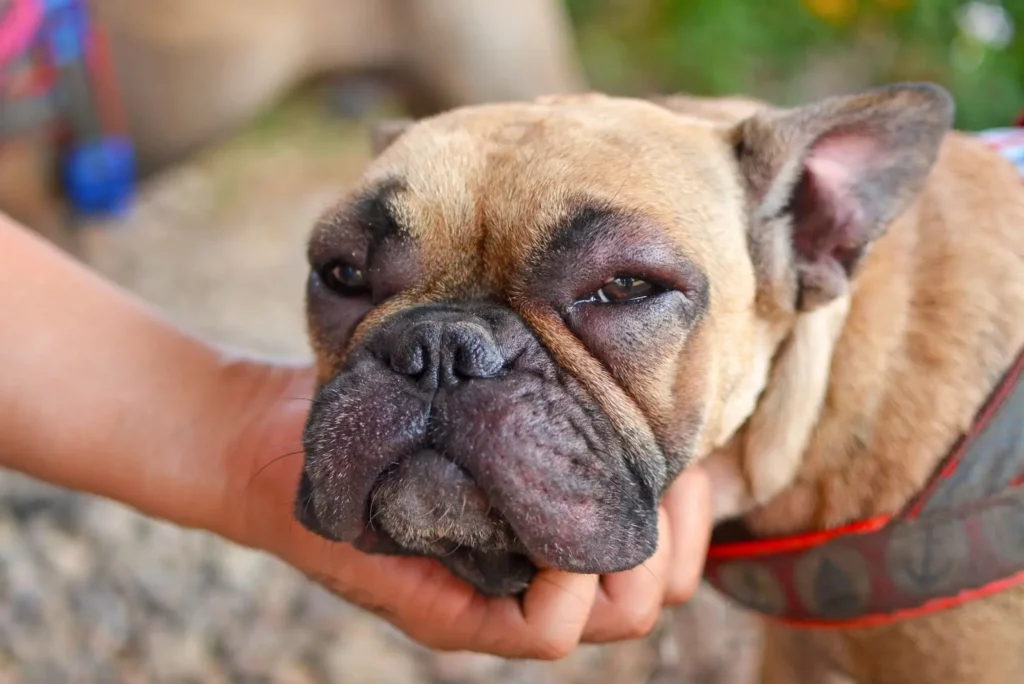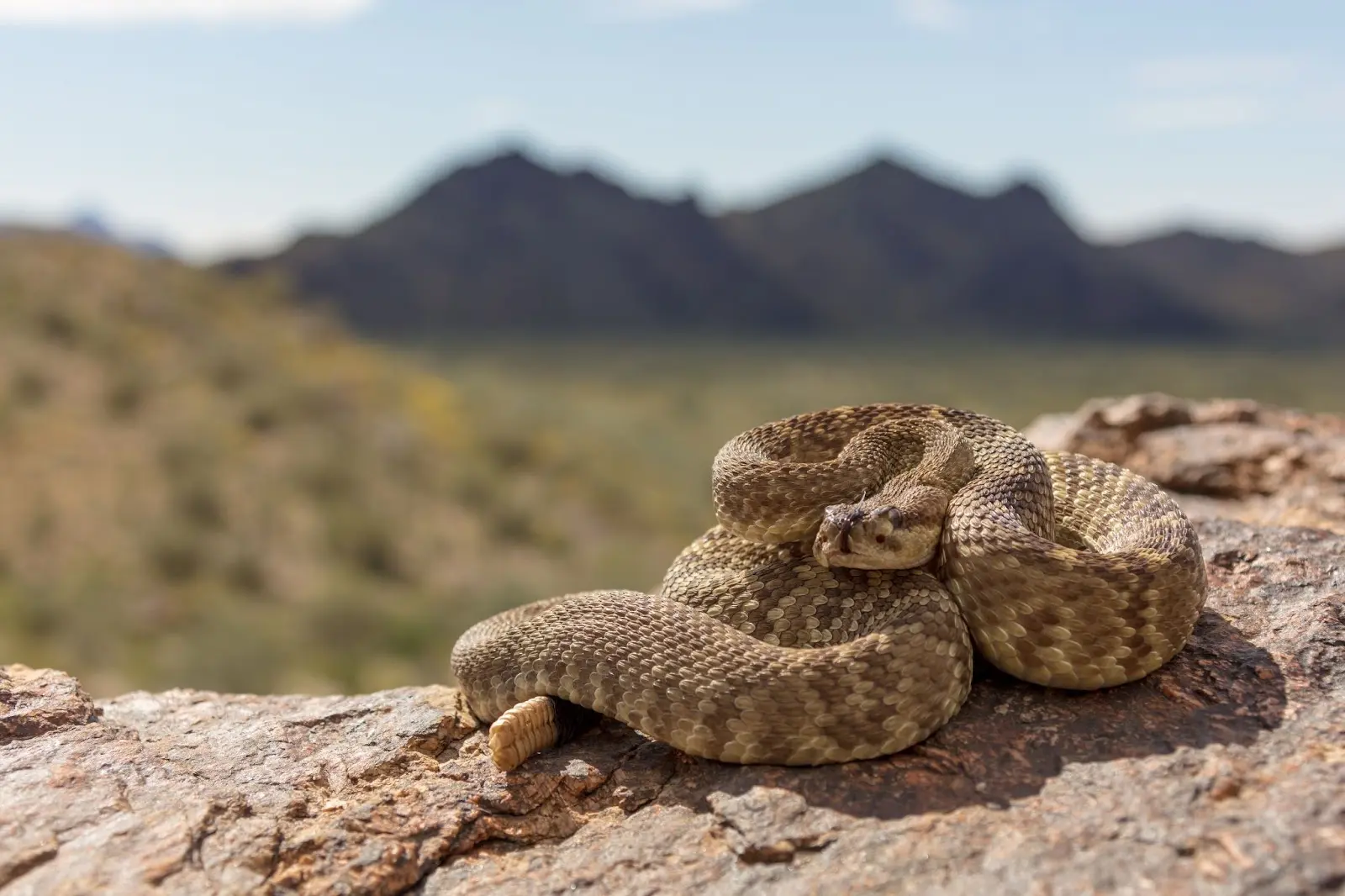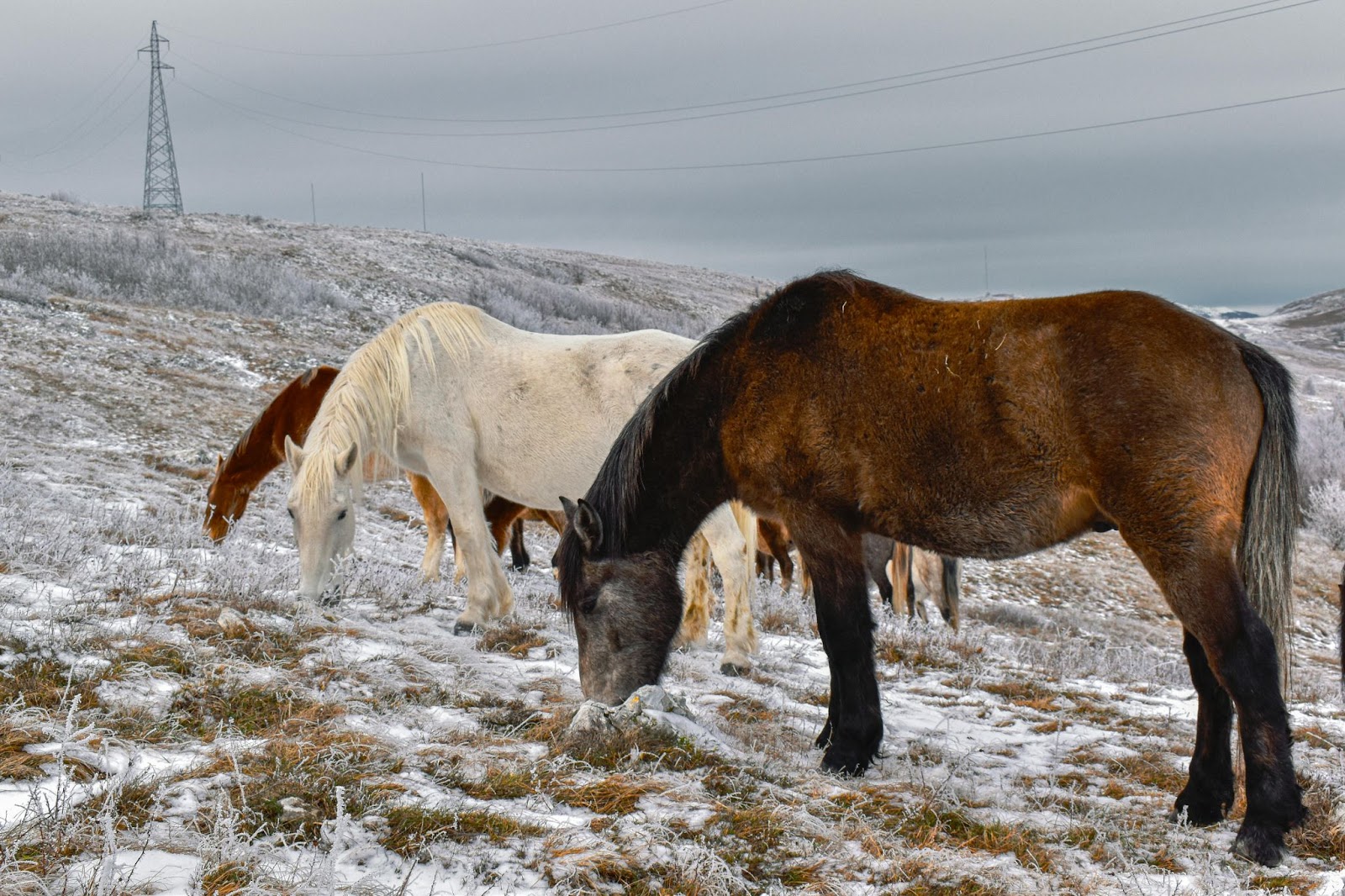Lurking beneath the wide array of native Texas flora lies a beautiful ecosystem of fauna that care for and live in that same environment. While all of it has beauty, hidden or not, some of the wildlife may not take so kindly to strangers on their property. Rattlesnakes and their very potent venom are one danger that animal-owners of all species and breeds need to be wary of. With how quickly urbanization is expanding, rattlesnakes are able to find unlikely dark, comfy spots to lay low, like under your porch, in your tall grass, or even in your cellar. To protect you and your loved ones, it is imperative that you understand the complexities of rattlesnake bites, including the risks, protective vaccinations, and available treatment options.
That is where our Sinton Veterinary Clinic comes in! With years of experience and dedicated team members, our clinic has the information and expertise you need to provide you and your furry loved ones with the necessary rattlesnake protection. Your animal’s health and wellness is one of our top priorities, which is why we want to offer this information.
If you have immediate questions or concerns, give our front desk a call at (361) 364-4551, and we would love to help! Find more information about our emergency protocol on this page.
What Animals are Vulnerable?
First and foremost, domestic pets are particularly vulnerable to being bitten and killed by a rattlesnake. Because these domesticated animals do not live in nature by definition, they are more curious than cautious when encountering something new. These four-legged animals lead with their nose, leaving a wide open target for a rattlesnake. Emergency veterinary services may be necessary.
Here in Texas, we have quite a few cattle and horse ranches, which puts them at an increased risk of being bitten. Whether your trusty hobby stock is grazing or you’re taking your favorite mare for a ride, be aware of the nasty snakes that may be hiding in the long grass, under piles of leaves, or marsh. Call an emergency veterinarian immediately.
Last but not least, wild animals are very predictable targets for all rattlesnakes in our region. Wildlife like small mammals, birds, and reptiles are common prey for the snake.
How the Venom Works
While the rattlesnake’s rattle may be the most noticeable physical feature, these snakes are equipped with fangs that inject a specialized venom that immobilizes their prey. The venom is stored behind and below the eyes, providing a short path from the teeth to the venom glands. The glands store a very potent venom composed of cytotoxins, neurotoxins, hemotoxins, mycotoxins, and disruptive enzymes that can take down prey much larger than the snake itself. These toxins each destroy a separate part of the prey’s body, working together to disrupt the connection between brain and body, thus overall function.
When an animal is bitten by a rattlesnake, the venom expediently makes its way to the animal’s bloodstream, releasing these aforementioned toxins. The severity of the bite is dependent on a few factors including the animal’s size, age, health status, and access to medical treatment. For many animals here in Texas, a rattlesnake bite can quickly become life-threatening.
Symptoms
While an animal’s symptoms are similar to a human’s, noticing and monitoring your pet’s symptoms from your perspective will look different than their experience. As such, it is important to know that the severity of the bite will depend on your furry friend’s age, size, and pre-existing conditions, as well as the amount of venom injected and the bite’s location. Regardless of your situation, reach out to a professional as soon as possible as immediate intervention could make a huge difference.
Some of the most common symptoms animal experience when bitten by a rattlesnake are:
- Puncture Wound – First and foremost, if you see a puncture wound characterized by two symmetrical round bites about half an inch, it is safe to assume that your animal has been bitten by a rattlesnake. Of course, rattlesnakes’ fang sizes vary from snake to snake, so do not feel the need to take out a ruler and measure to confirm your pet has been bitten. Often, the puncture wound is accompanied by swelling and bleeding, so you may notice one of those two symptoms before you see the bite site.
- Swelling – The bite can often be accompanied by localized swelling that is painful, sore, and even warm to the touch. Those cytotoxins we mentioned earlier are responsible for this swelling effect, and will rapidly work to damage the tissue surrounding the site.

- Vomiting and Diarrhea – Not all affected animals will experience the vomiting or diarrhea associated with a venomous bite. Depending on how quickly intervention is enacted, the venom may or may not travel to the gastrointestinal tract, which is what causes these two messy symptoms.
- Pain and Discomfort – The bite site is especially painful for your pet, which is why you may notice a change in behavior or personality. The actual puncture may not be as painful as the surrounding areas that are swelling. When in physical pain, an animal may be very vocal, visibly distressed, and uncharacteristically aggressive.
- Lethargy and Weakness – Once in the system, the venom will quickly identify and target the most important parts of your animal’s system. Often, the nervous system is a prime target, and its disruption can cause lethargy, weakness, and disorientation. Your animal’s systems are working hard to fight the venom, which is another reason why your pet’s energy levels may be dropping.
- Bruising and Tissue Damage – Especially around the bite area, the venom’s enzymes will work tirelessly to damage the surrounding tissues. With a weakened bite site, your animal will have a more difficult recovery, which is what the rattlesnake’s venom is for. These areas may be especially tender.
- Labored Breathing – Similarly to other symptoms, your animal’s lung function may be incapacitated depending on how much damage the venom does. Difficulty breathing may not look the same from animal to animal, but it is important that you take note if you hear any wheezing, rattling, or labored breathing.
- Pale Gums – With the venom attacking so many aspects of the animal’s body, the blood is directed to the vital organs and puncture site. The gums are an easy way to check on your pet’s blood flow without having to run into the vet. Simply lift up your companion’s upper lip and gently press on their gums and watch how long it takes for the color to return. If the color returns quickly, your animal’s blood flow is healthy and not directed somewhere specific. If it takes more than a few seconds, they may have something going on internally. The first priority in this situation is safety, so if you do not feel safe or comfortable touching your dog’s muzzle, do not hesitate to reach out to your vet or an emergency clinic.
- Tremors and Convulsions – In more advanced cases, the venom will severely damage the brain and its function. The venom contains neurotoxins that will cause your furry buddy to involuntarily convulse or experience muscle tremors. These are some of the most severe cases, and will often lead to bigger problems down the line.
- Collapse and Shock – Perhaps the most severe of the symptoms is collapse and shock. This can only happen once the venom has taken over a good portion of the body, as it has effectively damaged every crucial system in the animal’s body. When an animal is experiencing either of these symptoms, you will notice a weakened pulse, cold extremities, and a pale complexion.
It is essential to remember that the symptoms of rattlesnake bites can vary between different animal species. For example, dogs may show different signs compared to cats, livestock, or wildlife. Not to mention, the time it takes for symptoms to manifest can also vary depending on the type of rattlesnake and the location of the bite. Keep both of these varying factors in mind as you avoid the rattlesnakes in your area.
If you suspect that an animal has been bitten by a rattlesnake or you have serious concerns, seek immediate veterinary attention. When it comes to treating a venomous bite, time is a critical element. Contact Sinton Vet Clinic for early intervention that can greatly improve the animal’s chances of recovery.
Mitigation and Solutions
As a Texas-based veterinary clinic, we have more than enough resources and information about rattlesnakes to offer our community, which is why we want to discuss some of the most important mitigating steps and professional solutions. The most important five are:

- Public Awareness: As demonstrated by our anxious education effort, it is so important to educate your community about rattlesnake behavior, habitat, and preventative measures. Discuss important tips like keeping a safe distance from snakes, no matter your experience. Resist the urge to manhandle the snake, and you are far less likely to be bitten. Keep your distance and let an official know, if applicable.
- Veterinary Care: Pet and livestock owners with all degrees of expertise should be vigilant and contact a trusted veterinary professional ASAP. Many of us Texan veterinarians have seen hundreds, if not thousands, of snake bites, so do not hesitate to reach out if you suspect your furry friend has been bitten. A rattlesnake bite is considered an emergency, so when you bring your pet to the appropriate team, they will provide life-saving treatments.
- Avoidance Training: When it comes to protecting your pet, one of the most effective methods may be to have them professionally trained to avoid all things relating to rattlesnakes. Specifically for canines, they will learn the tell-tale signs of a rattlesnake presence, like recognizing and avoiding the snake’s natural scent. This training is especially beneficial if your pup spends significant time outside with you.
- Habitat Monitoring: Beyond professional-grade habitation management, maintaining your own property is crucial in protecting your loved ones. Discourage rattlesnakes from making a home by keeping your yard clean, sealing structural holes, and regularly checking potential snake hidey-holes. Make your yard as anti-rattlesnake as possible, and you are sure to feel more peace of mind.
- Conservation Efforts: By protecting the ecosystems that rattlesnakes require, the snakes will have less reason to show up in your backyard. While the effect may be indirect, the biodiversity that Texas has to offer is crucial to maintain and preserve.
As a Texas-based veterinary clinic, our mission is to be a reliable source of information and support for our vibrant community. In this discussion about rattlesnake encounters, we’ve aimed to shed light on the crucial steps to mitigate these risks and highlight professional solutions. We believe that a well-informed community is a safer and healthier one, where both pets and their owners can enjoy peace of mind. Let us know if there is anything we can do to support you and your pets during a rattlesnake emergency!
What Now?
Rattlesnake bites in Texas animals pose serious challenges to their well-being and survival. It is essential for the residents of Texas to be aware of these risks and take preventive measures to reduce encounters with venomous snakes. Through public education, veterinary care, and habitat management, we can better protect both the animals and humans sharing this beautiful region.
If you are looking for a reliable veterinary team to rely on when the times are tough, our Sinton Vet Clinic is the perfect one-stop-shop! Give us a call at (361) 364-4551, and we would love to provide comprehensive animal care. Feel free to schedule an appointment or find emergency care near you by checking out the rest of our website. Stay safe out there!





